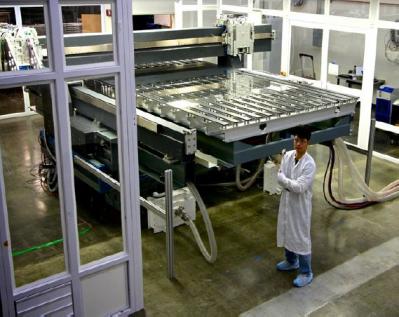The EU launches a new project to commercialize TADF OLED emitters
 The European Commission, under its Horizon 2020 programme, launched a new project called Phebe that aims to develop and commercialize TADF OLED emitters. This three-year project's consortium includes Novaled, Astron-FIAMM, TU Dresden, Kaunas University of Technology, Durham University and other companies and universities.
The European Commission, under its Horizon 2020 programme, launched a new project called Phebe that aims to develop and commercialize TADF OLED emitters. This three-year project's consortium includes Novaled, Astron-FIAMM, TU Dresden, Kaunas University of Technology, Durham University and other companies and universities.
TU Dresden is focusing on material design using theoretical quantum chemical approaches, and KTU is elaborating synthetic schemes for exciplex emitters and intramolecular charge transfer materials and synthesizing the most promising compounds. Durham will perform photophysical characterisation of the new materials from Kaunus and will also be in charge of elucidating the mechanisms of TADF to feed into the theoretical work of TU Dresden. Novaled will provide best-fit transport and doping material sets, technology and expert know-how on stack architecture.








